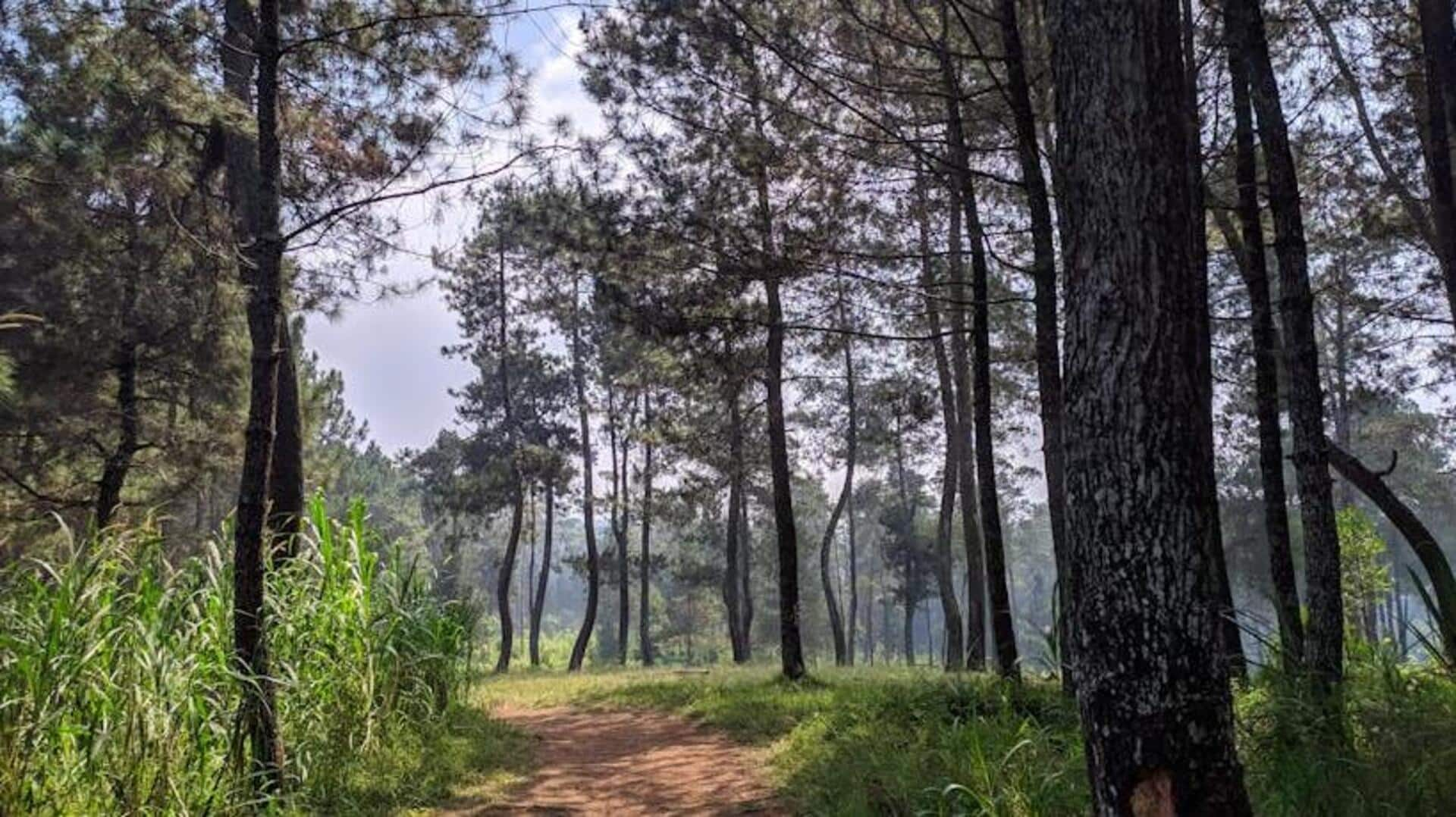
Refreshing mind with forest bathing practices
What's the story
Forest bathing, or shinrin-yoku, is a Japanese practice of immersing oneself in the forest atmosphere. It's a mindful way of connecting with nature and has been scientifically proven to benefit our health in numerous ways. This article shares simple and effective ways to practice forest bathing to refresh your mind and body.
Basics
Understanding forest bathing
Forest bathing, or shinrin-yoku, does not require you to take a bath. It's all about mindfulness and connecting with the environment by taking in the sights, smells, and sounds of nature. Research shows that spending time in forests can reduce stress levels by up to 20%, demonstrating its powerful impact on mental health.
Preparation
Preparing for your forest bathing experience
To truly benefit from forest bathing, dress comfortably for walking and the weather. Disconnect by leaving electronic gadgets behind so you can fully immerse yourself without distractions. Select a forest that feels safe and appealing to you. And, remember, the idea is to wander aimlessly and slowly, let your senses take control.
Sensory engagement
Engaging your senses
Be all senses in the forest. See the greens, shadows and light play; hear the birds or the wind. Feel the bark or moss; smell the earth and flowers; taste the rainwater on leaves (if it is safe to do so) This full sensory engagement can help you connect with nature on a deeper level.
Mindfulness
Mindful walking
Practice mindful walking by concentrating deeply on each step you take. Experience the feeling of your feet touching the ground and witness your body's elegant movement through the forest space. Breathe in deeply and release rhythmically, walking at a slow pace along the forest path. This form of mindfulness meditation dramatically enhances your awareness and presence, enabling you to be completely immersed in the tranquility of nature.
Reflection
Reflective journaling after forest bathing
After you finish your forest bathing session, it's beneficial to spend some time doing reflective journaling about your experience while it's still fresh in mind. Write down what you saw, heard, smelled, touched, and tasted. Jot down any thoughts or emotions that came up during this time. Reflective journaling helps to anchor these experiences, making them more impactful.